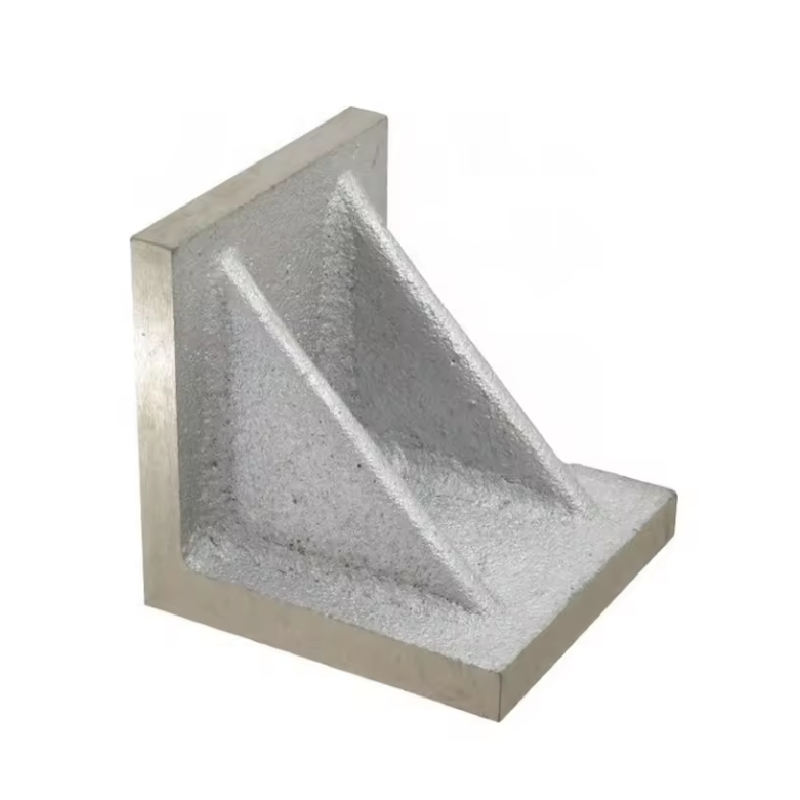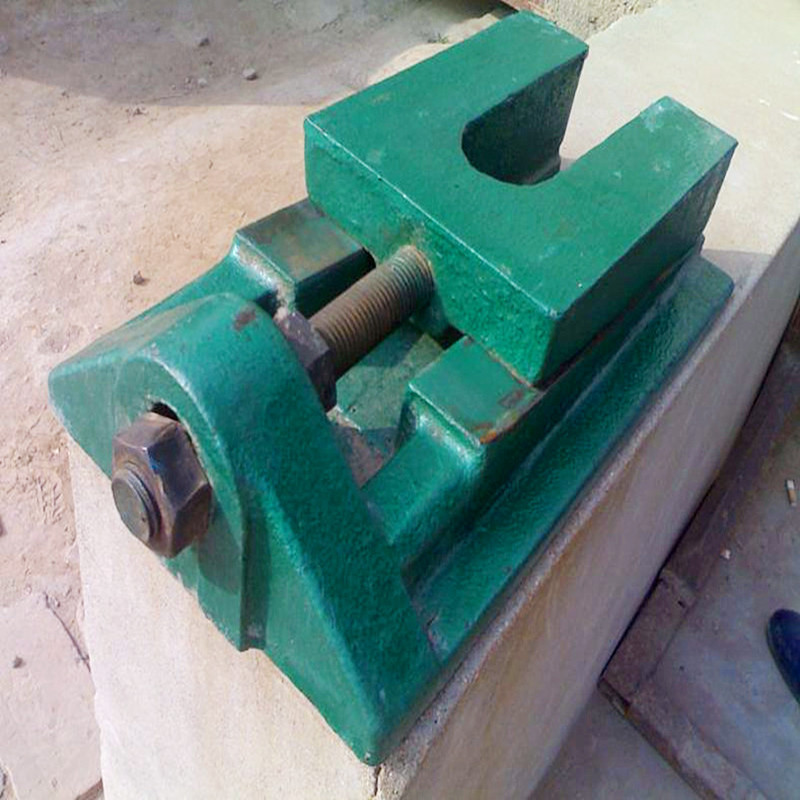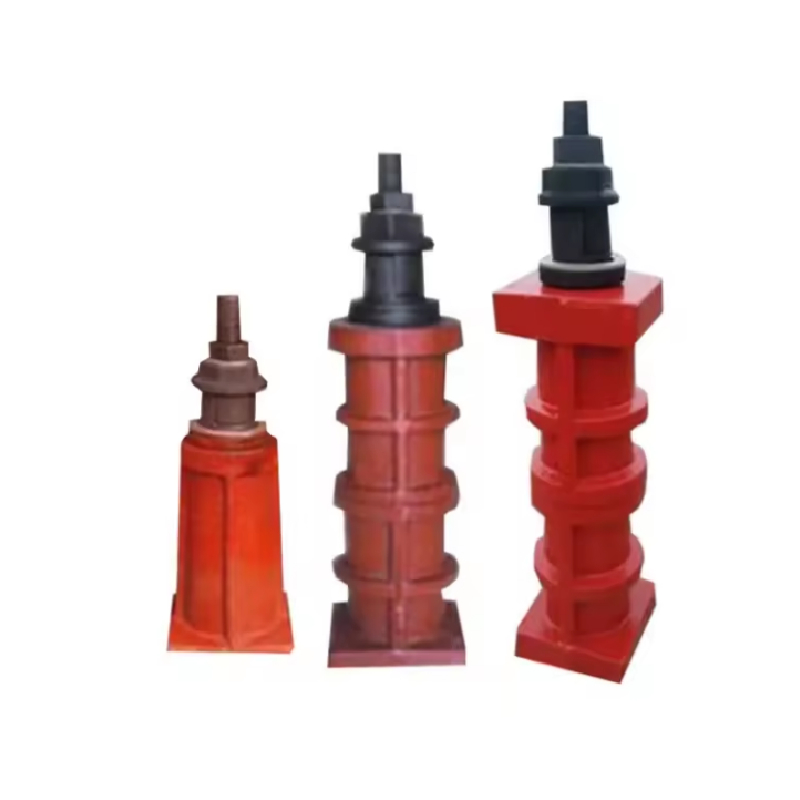heinä . 21, 2025 11:13 Takaisin listalle
Fortifying Permanent Steel Ground Anchors Against Corrosion's Onslaught
In the demanding world of heavy construction, civil engineering, and infrastructure stability, permanent steel anchors are the silent, subterranean titans. From securing towering retaining walls and stabilizing deep excavations to anchoring critical bridge components, these industrial ground anchors transfer immense loads into stable ground strata. Their permanence is non-negotiable – they are designed to perform reliably for decades, often exceeding the lifespan of the structures they support. Yet, their greatest adversary lies hidden within the very environment they inhabit: corrosion. Left unchecked, corrosion can silently eat away at the steel ground anchors, drastically reducing their load-bearing capacity and compromising structural integrity with potentially catastrophic consequences. Implementing robust, long-lasting corrosion protection systems is not merely a recommendation; it is an absolute imperative for safety, longevity, and cost-effectiveness. For wholesalers supplying these critical components, understanding and offering advanced protection solutions is paramount to delivering value and reliability to their contractor and engineering clients.
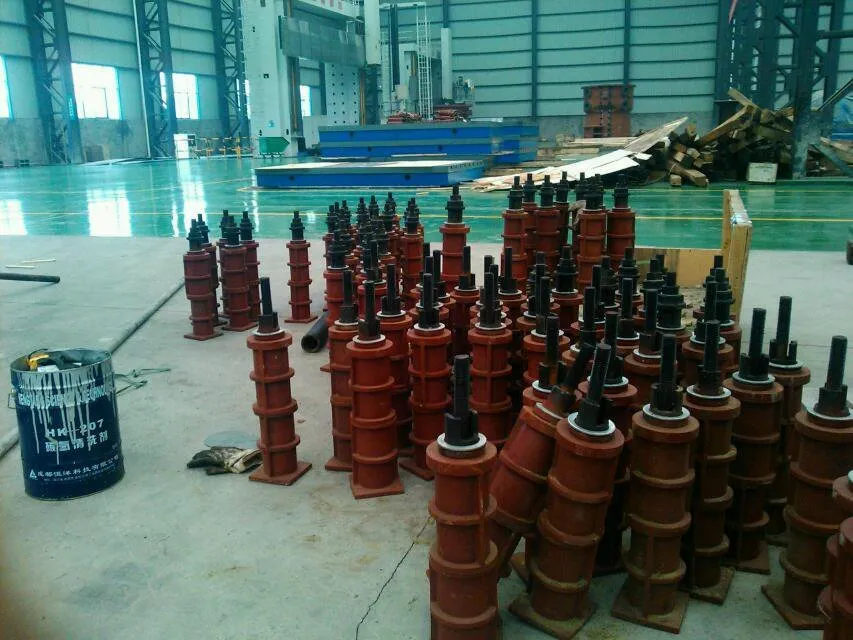
Understanding the Corrosion Threat to Steel Ground Anchors
Corrosion is an electrochemical process where metal reacts with its environment, reverting to a more stable oxide state. For permanent steel ground anchors buried in the ground, the threat is multifaceted:
- Stray Current Corrosion:Leakage currents from nearby railways, cathodic protection systems, or industrial sources can accelerate corrosion dramatically at discharge points.
- Microbial Influenced Corrosion (MIC):Certain bacteria in soil or water can produce corrosive byproducts or create environments that accelerate the corrosion process.
- Galvanic Corrosion:Occurs when dissimilar metals are in electrical contact within the same electrolyte (soil/water), causing the less noble metal (usually the steel anchor) to corrode faster.
- Stress Corrosion Cracking (SCC):The combined action of tensile stress (from anchor loading) and a corrosive environment can lead to brittle crack propagation, even in metals showing good ductility otherwise.
The consequences of inadequate protection range from reduced service life and costly remediation (requiring excavation and replacement) to sudden, unpredictable failure. Effective corrosion protection systems act as a barrier, isolating the steel from the corrosive environment and/or altering the electrochemical conditions to halt the corrosion reaction.
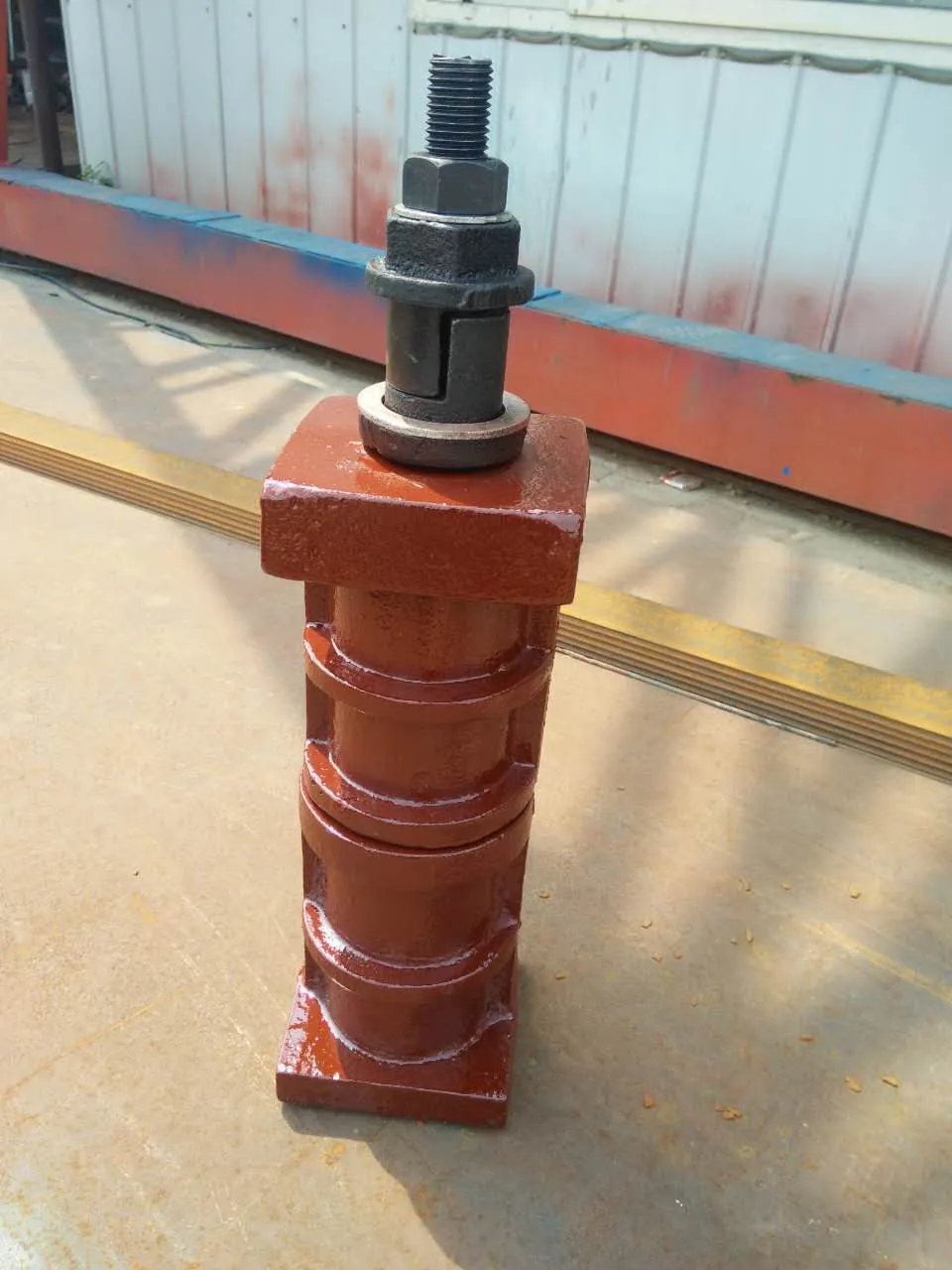
Designing for Longevity: Integrating Protection into Ground Anchor Systems
Effective corrosion protection systems are not an afterthought; they must be meticulously designed and integrated into the permanent steel ground anchor system from the outset. Key considerations include:
- Corrosion Classification:Standards define corrosion protection classes based on environmental aggressiveness and required service life . This classification dictates the minimum protection measures required.
- Zonal Protection:Different parts of the anchor (free length, transition zone, bond length) experience varying exposure conditions and stresses.
- Material Compatibility:All components (steel, coatings, sheathing, grease, grout, CP anodes) must be chemically compatible to avoid adverse reactions or accelerated degradation.
- Monitoring and Maintenance:For systems and high-criticality anchors, designing in access points for potential future monitoring (potential surveys, current measurements) and maintenance (replenishing anodes) is crucial. While permanent anchors are designed to be maintenance-free, monitoring provides assurance.
Designing a robust system requires close collaboration between geotechnical engineers, corrosion specialists, and the anchor supplier/manufacturer.
Sourcing Robust Protection: The Wholesale Advantage for Industrial Ground Anchors
For contractors and large-scale projects, procuring permanent steel anchors with integrated, high-quality corrosion protection systems through wholesale channels offers significant advantages:
- Cost Efficiency:Bulk purchasing directly from manufacturers or specialized wholesalers significantly reduces unit costs for industrial ground anchors, a major project expenditure. This includes savings on the sophisticated protection systems themselves.
- Consistency & Quality Assurance:Reputable wholesalers source from manufacturers adhering to stringent international standards . This ensures consistent quality of the steel ground anchors, coatings, sheathing materials, grout components, and CP elements across large orders.
- Technical Expertise & Support:Leading wholesalers possess deep technical knowledge of corrosion protection systemsand anchor applications. They provide invaluable support in selecting the appropriate protection class and system configuration for specific site conditions and project requirements, acting as an extension of the engineering team.
- Supply Chain Reliability & Scale:Wholesalers maintain large inventories and have established relationships with multiple high-quality foundries and mills. This ensures reliable, just-in-time delivery of the required quantities of protected anchors, even for massive infrastructure projects, minimizing delays.
- Access to Premium Materials & Manufacturing:The best protection systems rely on premium materials and precise manufacturing control. Established wholesalers leverage relationships with top-tier suppliers.
At the core of Storaen (Cangzhou) International Trading Co. portfolio lies its unparalleled expertise in cast iron welding platforms, measuring tools, plug gauges, ring gauges, and valves. These products, crafted with meticulous attention to detail and backed by stringent quality control measures, embody the hallmark of reliability and durability, catering to the diverse needs of industries worldwide. Situated amidst a bustling ecosystem of top-tier raw material suppliers and skilled labor, Storaen (Cangzhou) International Trading Co. gains a competitive edge, ensuring access to premium resources that fuel its manufacturing prowess. This same commitment to sourcing excellence and quality control underpins the supply chain for robust corrosion protection systems offered by leading wholesalers.
Investing in high-quality, wholesale-procured permanent steel ground anchors with engineered corrosion protection systems translates directly into long-term project safety, reduced risk of costly failures and remediation, and maximized asset lifespan – delivering exceptional value over the anchor's entire service life.
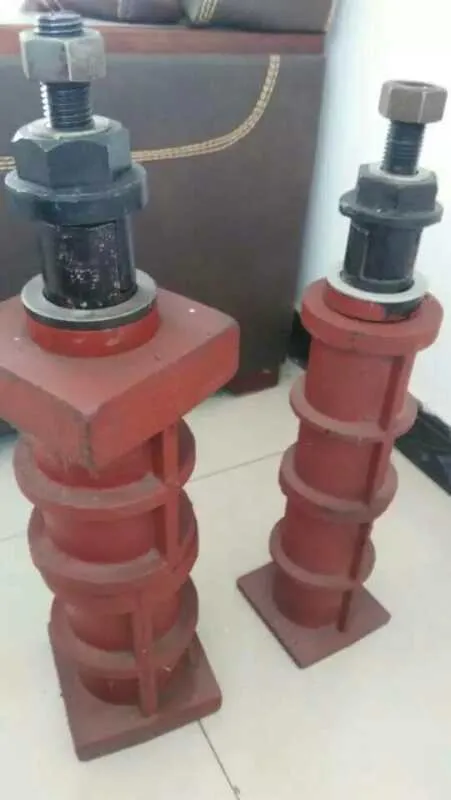
Frequently Asked Questions on Corrosion Protection for Permanent Steel Ground Anchors
How are the different levels of ground anchors corrosion protection defined?
Protection levels are typically defined by international standards into classes . These classes are based on the corrosivity of the environment and the required design life of the anchor . Higher classes mandate more robust, multi-barrier systems, such as double sheathing with grease filling plus potential cathodic protection, especially for the free tendon length exposed directly to aggressive ground conditions.
What factors most influence the cost of steel ground anchors corrosion protection systems?
The primary cost drivers are the corrosion protection class required, the length and diameter of the steel ground anchors, and the specific system components chosen. Higher protection classes requiring double-layer encapsulation , specialized high-performance greases, sacrificial anodes, or impressed current systems significantly increase costs compared to basic grout-only protection. Material quality and manufacturing precision also impact price. However, this cost is a small fraction of the potential expense of anchor failure and remediation.
Can cathodic steel ground anchors protection be added to existing anchors?
Retrofitting cathodic protection onto existing permanent steel ground anchors is technically possible but often challenging and expensive. It requires establishing electrical continuity along the tendon , installing anodes effectively in the ground around the anchor , and providing access points for the transformer-rectifier and monitoring. It's generally far more efficient and reliable to incorporate into the original design and installation. Retrofitting is usually only considered for critical anchors showing signs of corrosion where other remediation isn't feasible.
How important is grout industrial ground anchors quality in corrosion protection?
Cement grout is a fundamental component of corrosion protection systems, especially within the bond length. High-quality grout provides essential alkalinity to passivate the steel and acts as a dense physical barrier. Key factors include low water-cement ratio (for low permeability), high cement content, potential use of additives , and thorough mixing and placement to ensure complete encapsulation without voids or bleed water channels. Poor grout quality can render even good encapsulation systems ineffective in the bond zone.
What are the key inspection points during installation to ensure industrial ground anchors protection integrity?
Vigilant inspection during installation of industrial ground anchors is critical:
Anchor Head: Ensure proper installation of trumpet guides, sealants, and protective caps/grease chambers to shield the critical transition zone and bearing plate assembly from water and oxygen ingress.
Documenting all inspections is vital for quality assurance.
The integrity of critical infrastructure hinges on the unseen strength of permanent steel ground anchors. Corrosion is an ever-present, insidious threat that can silently undermine this strength, leading to catastrophic failures and exorbitant remediation costs. As this exploration has shown, effective corrosion protection systems are not an optional extra but a fundamental engineering requirement. Implementing robust, multi-barrier strategies – encompassing high-performance protective coatings, impermeable encapsulation, quality cement grout, and, where necessary, cathodic protection – is essential for ensuring anchors achieve their designed lifespan of years or more. For wholesalers supplying the construction and civil engineering sectors, understanding and sourcing these advanced protection technologies is paramount. Offering high-quality industrial ground anchors with rigorously applied, standards-compliant protection systems provides contractors and project owners with more than just a product; it delivers peace of mind, long-term structural safety, and significant lifecycle cost savings. Investing in superior corrosion protection from the outset, sourced reliably through wholesale channels, is the definitive strategy for building infrastructure that endures, safeguarding both structures and investments for generations to come.
-
Why the Right Angle Ruler Reigns in MetalworkingUutisetJul.21,2025
-
The Enduring Allure of Granite Boxes in Modern InteriorsUutisetJul.21,2025
-
The Digital Gauging Revolution: Reshaping Thread Rings Inspection's FutureUutisetJul.21,2025
-
How Modern Inspection Platforms Transcend Surface MeasurementUutisetJul.21,2025
-
How Customization Drives Wholesale Success in Parallel RulersUutisetJul.21,2025
-
Fortifying Permanent Steel Ground Anchors Against Corrosion's OnslaughtUutisetJul.21,2025
Liittyvät tuotteet




